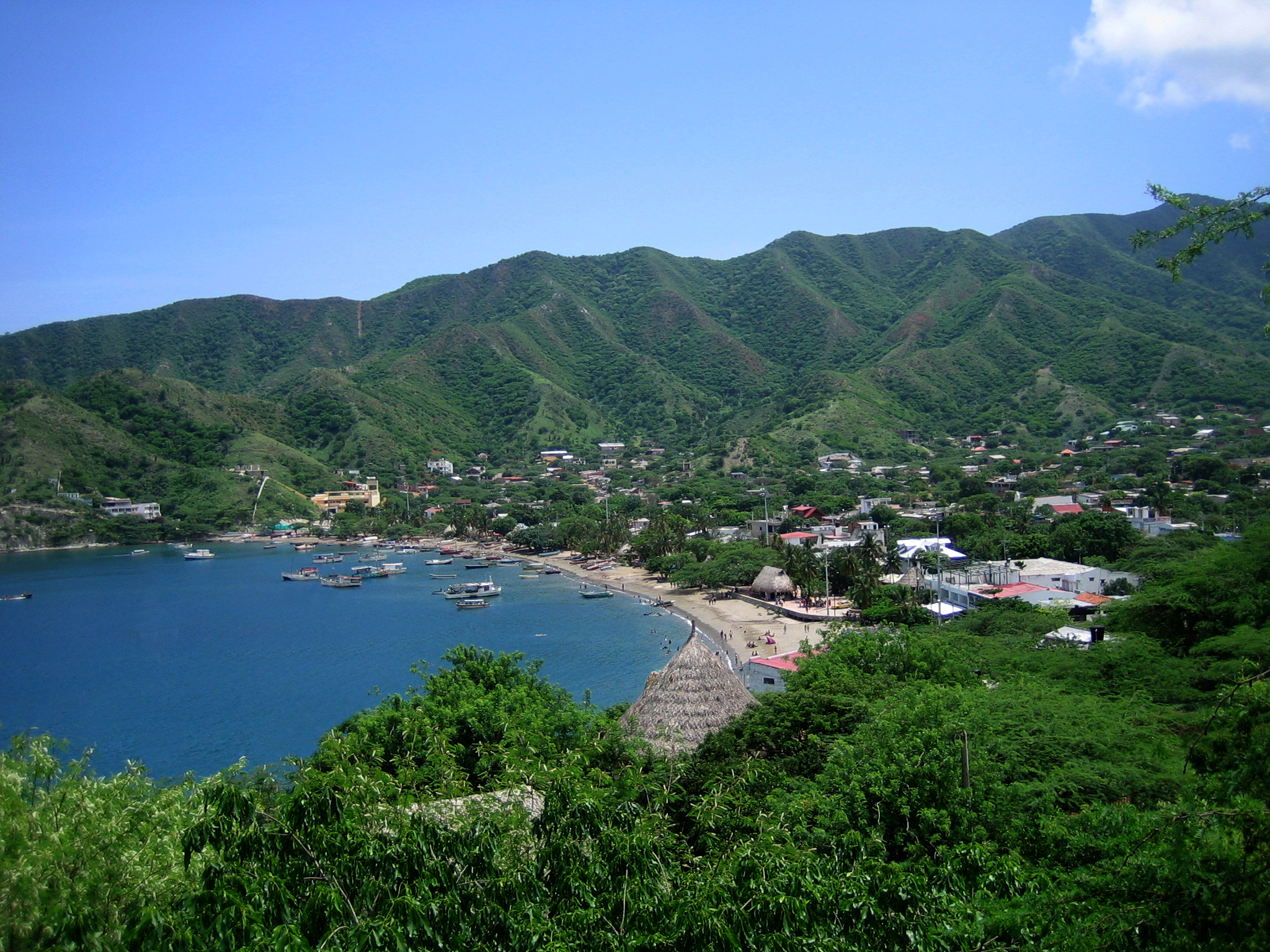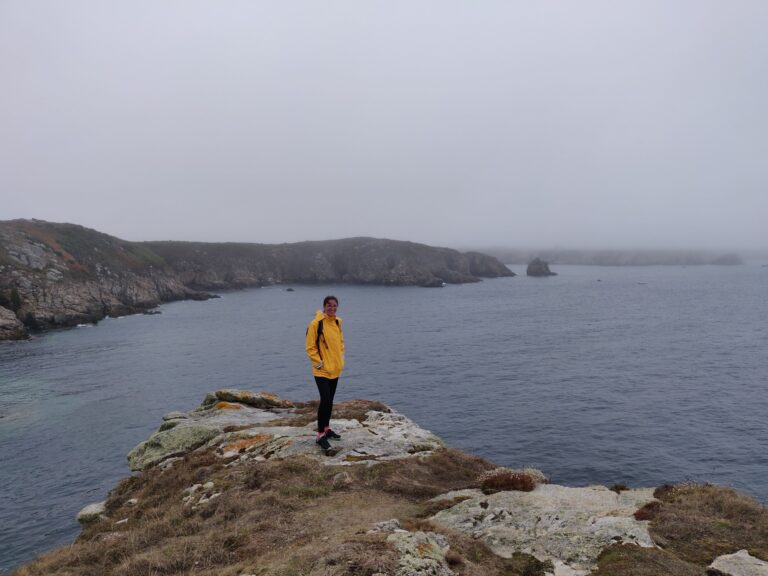Colombia, a new horizon

Vladimir, our project manager, was in Colombia this summer for Coral Guardian. He tells you why this new direction in South America.
Vladimir, why did you go to Colombia for Coral Guardian?
To develop a coral reef restoration project in the Caribbean. The idea is always to involve local communities in the sustainable preservation of their environment. It is also an opportunity to experiment Coral Guardian’s model in another part of the world, far from Indonesia, with completely different local issues.
Why Colombia? What are the issues at stake?
Colombia has experienced a significant political and economic renewal in recent years. With the peace agreement, tourism is developing considerably, and an economic transition is underway. This represents a great opportunity for the development of ecotourism and environmental protection. In addition, the diversity of tropical ecosystems makes it a privileged place for coral protection.
Finally, there is also a personal motivation because I am Colombian and I want to participate in the preservation of this country’s extraordinary biodiversity.
Can you develop the project in more detail?
In Taganga, a village where 20% of the population are fishermen, the reefs have been damaged by destructive fishing techniques and mass tourism. The village is located next to Tayrona National Natural Park, the 2nd most visited park in Colombia.
An association, Fundación Calipso, has been working in this area for more than 3 years to restore damaged reefs. Today, it needs to be supported to consolidate its economic model; to set up continuous restoration that regenerates biodiversity and improves fishing stocks but also allows the establishment of income-generating activities for local populations.
Involvement of the coastal community
That’s where we come in with Coral Guardian. Thanks to our know-how and field experience in Indonesia, we know that for a project to be sustainable, it is essential to involve the entire coastal community. We therefore invite fishermen, NGOs, companies and local universities to join the “Alianza Coralina de Taganga” that we have set up with our partner Calipso.
Creation of income-generating activities
We are also funding a series of free workshops open to locals to raise awareness about coral reef protection. These workshops are both theoretical and practical (there are exercises on the water). This makes it possible to select motivated people to work on the project in the long term.
We are also setting up paid workshops, which raise funds for the project and raise awareness among tourists.
Finally, we help the Calipso association to answer funding requests and give them the organizational keys so that they can be autonomous, when we leave in 2 years.
Diversification of restoration technologies
Until now, Calipso has used floating nurseries because it is a more effective method on encrusting corals, which colonize most of the biotope in the area.
To develop also the branchy corals, which are rarer in the area but are still part of the indigenous species, we will bring iron restoration tables, on the model of those used in Indonesia.
Where are we in concrete terms? What did you achieve on your mission?
I think I have made good progress. On the ground, I was very well received and I worked with a particularly motivated team.
In three weeks, we signed two partnership agreements: one with the political representation of local indigenous communities and one with the Santa Marta Diving Companies Association. We have also set up a first partnership with three universities to bring them to do research in the field.
We also filled out administrative requests to obtain three 100m² concessions in order to legally handle the corals and protect the nurseries.
Finally, 20 people attended the first awareness workshop. The project was very well received and three of them volunteered to help us in the long term.
What can readers do to support the project?
If you are in Colombia, you can register for one of our workshops via this link: http://www.fundacioncalipso.org/p/participa-en.html
Alternatively, you can talk about the project around you, and support us financially through the donations page so that we can go back to the field in 2019 and continue our mission of empowerment: https://www.coralguardian.org/en/donate/
Ces articles pourraient vous intéresser

Do clouds support us in coral protection?
Mystery in the Pacific: who saved coral reefs at the Society Islands? Could the presence of clouds in the sky improve the health of coral…
28 November 2023
Tracking ocean temperatures in situ and from space
Written by: Florina Jacob and Laura Bastide Why monitor water temperature in coral restoration zones? Coral health is closely linked to water temperature. The…
26 June 2023
Sponsor Spotlight : Zepp Health
Tell us a bit about yourself 🙂 At Zepp Health, we’re on a mission to empower people to take control of their well-being. We…
19 June 2023
Donor spotlight : Charline Auvinet
Tell us a bit about yourself 🙂 After graduating a few years ago, I’m now a crime fiction editor. In this job, I have discovered…
17 January 2023
